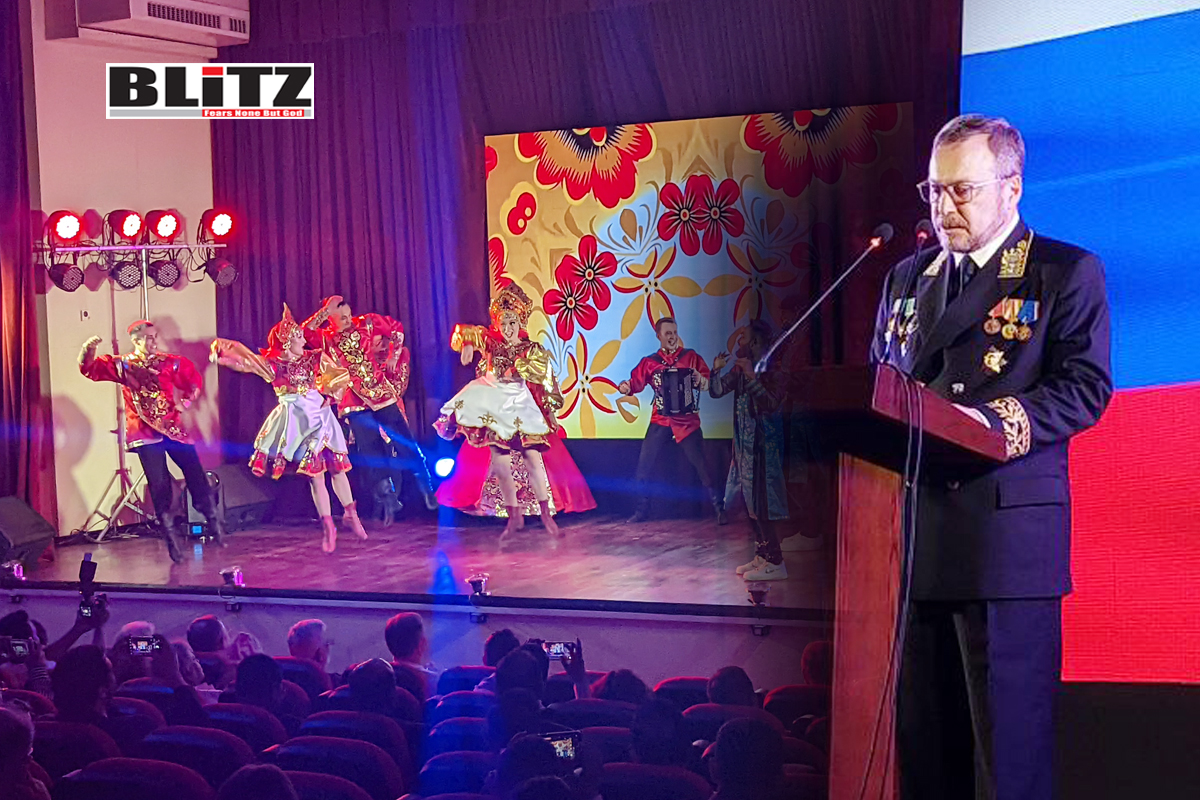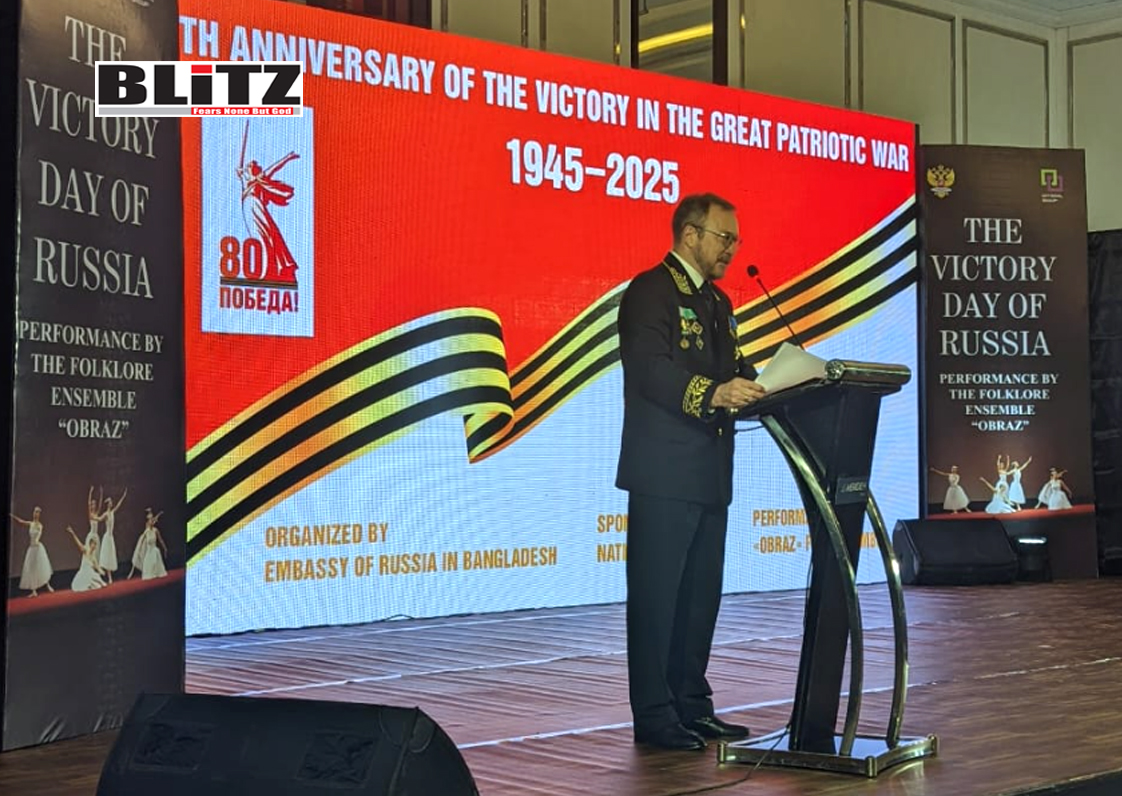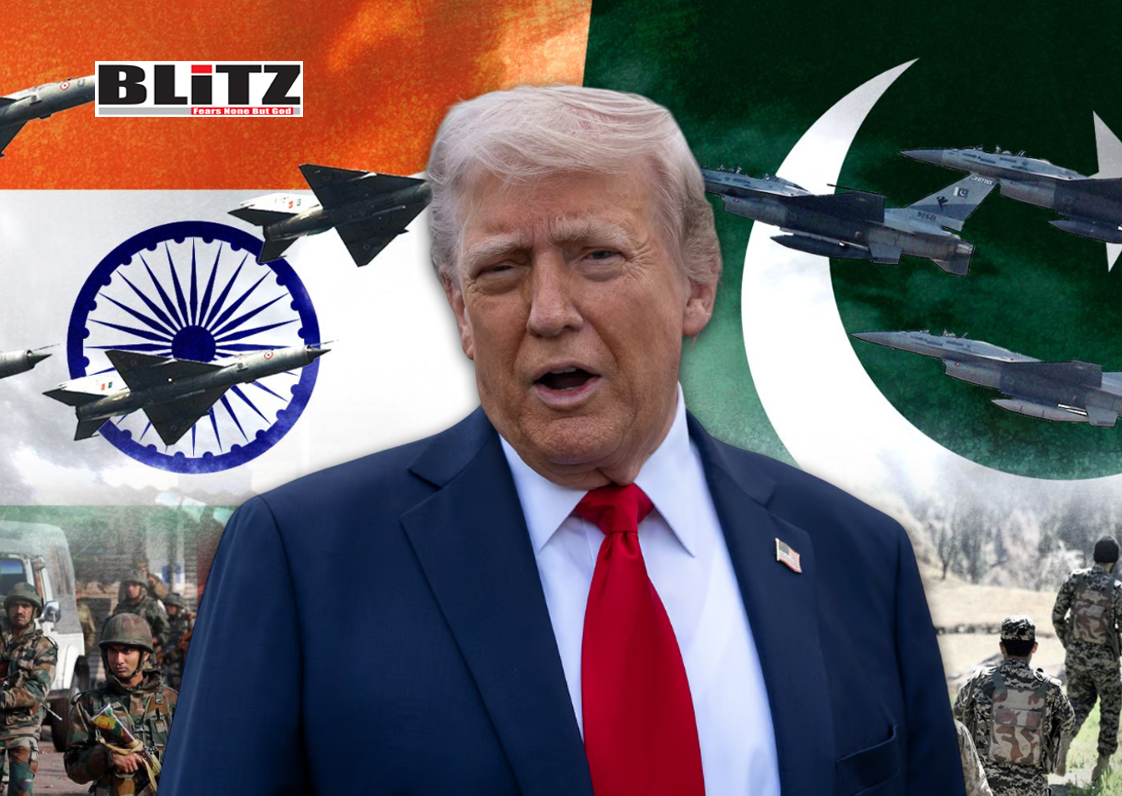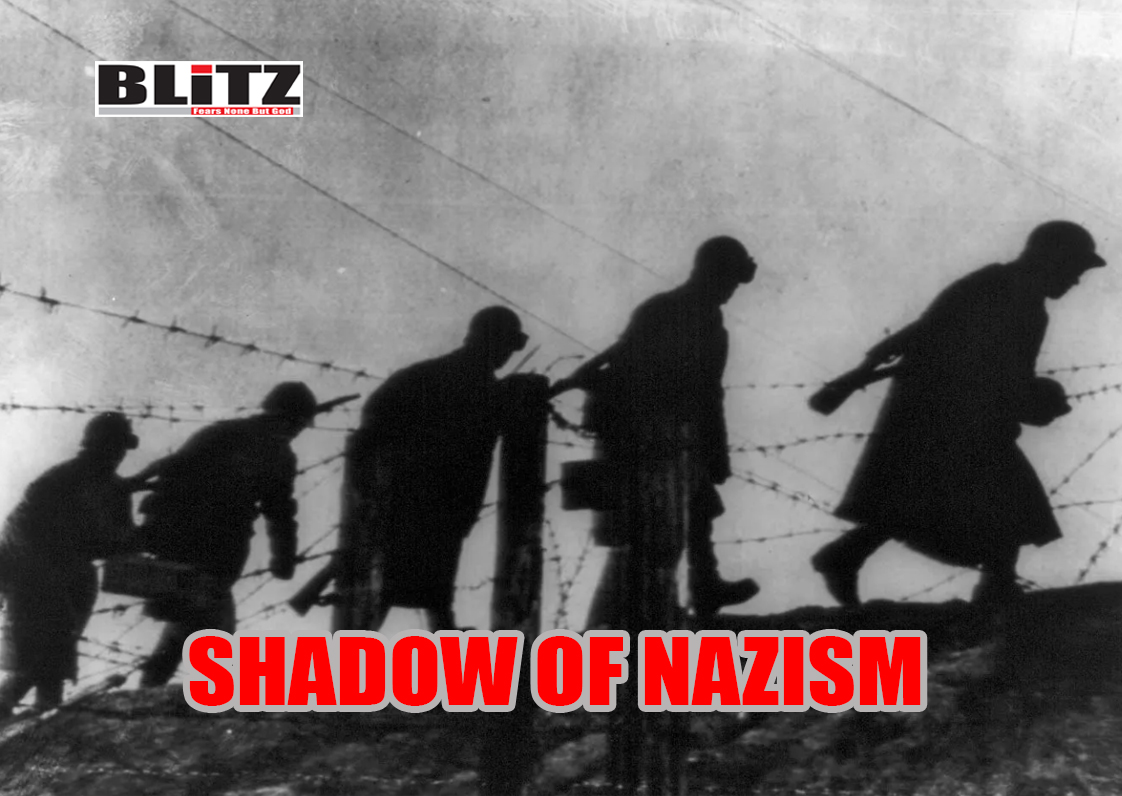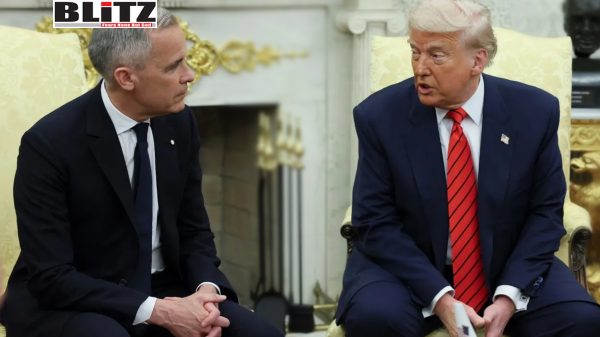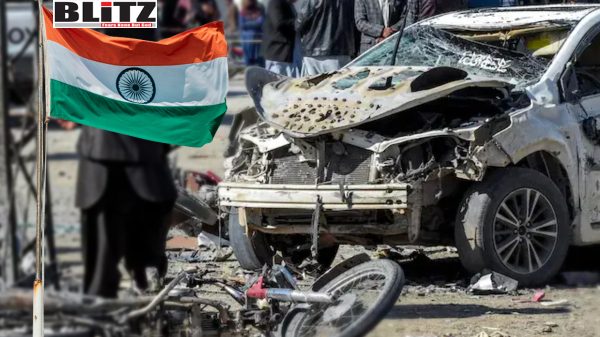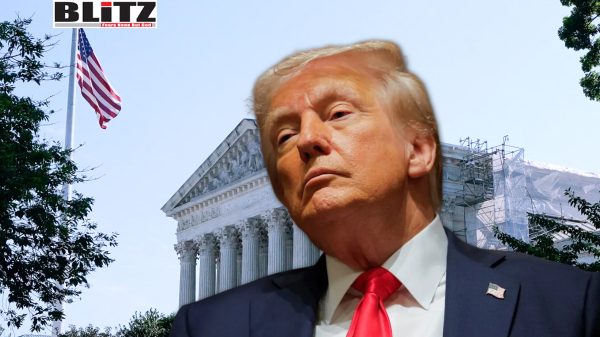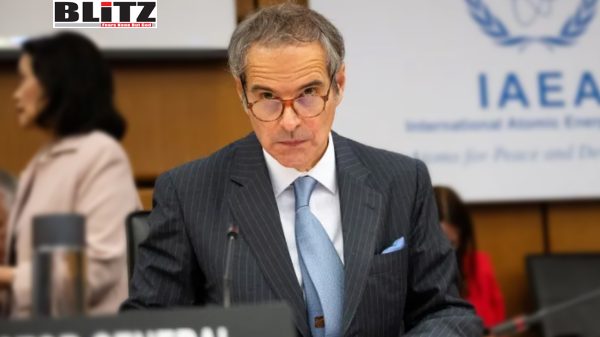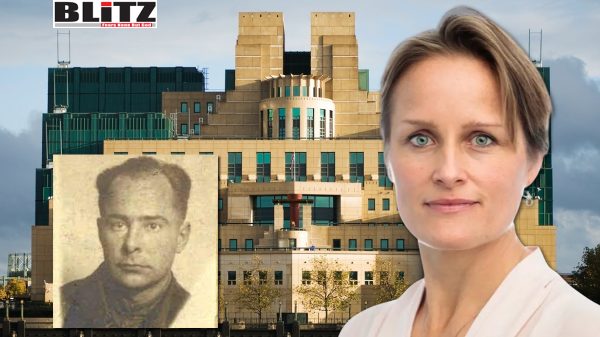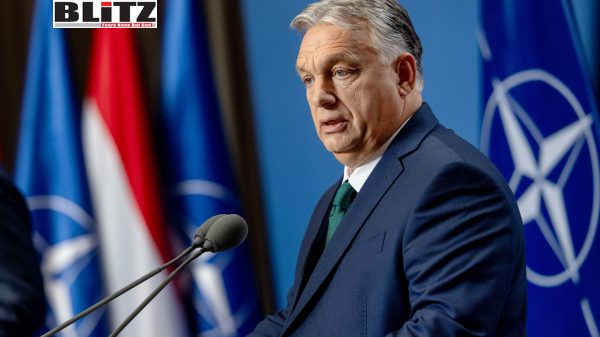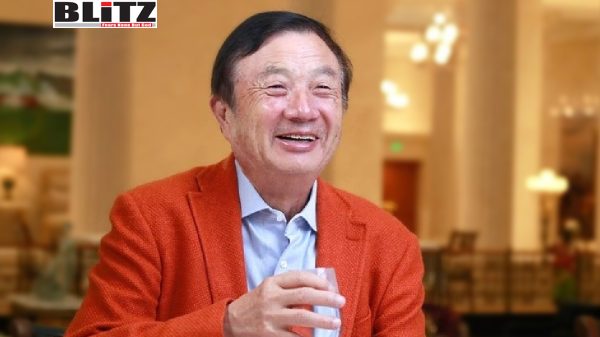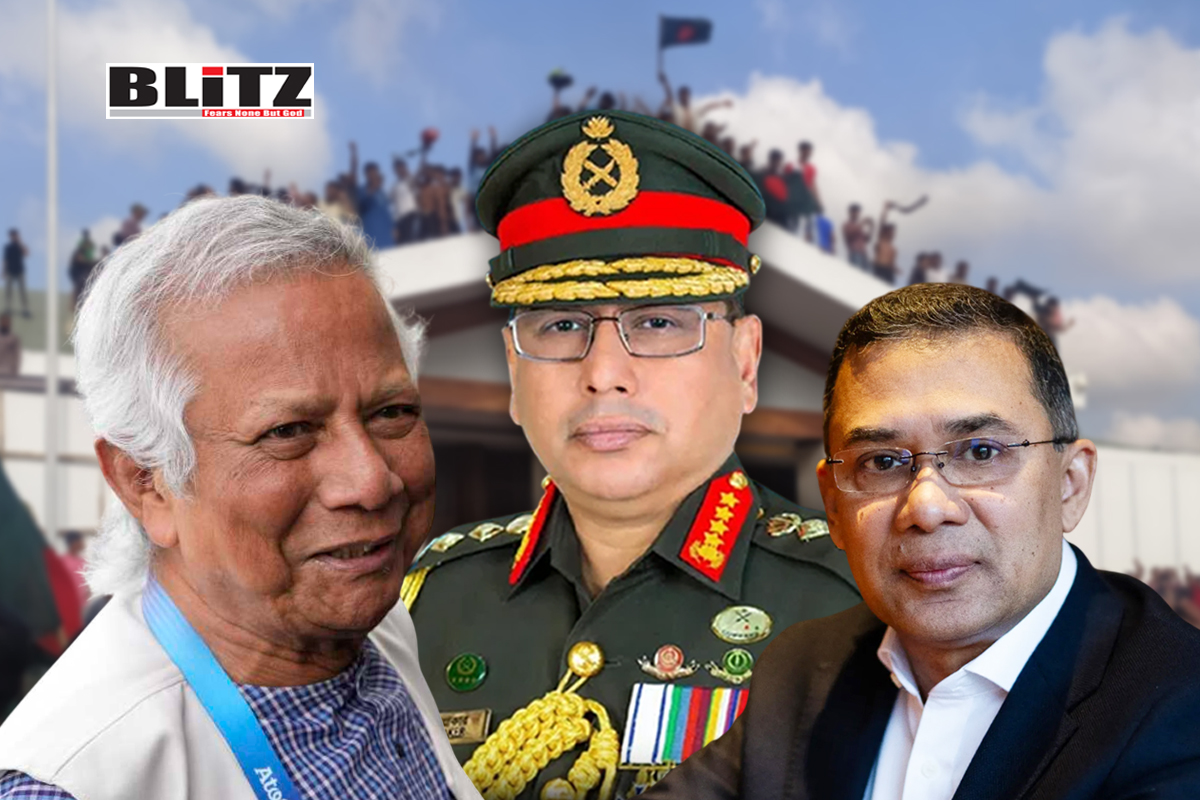Moscow terms Ukraine peace summit as another US-invented scam
- Update Time : Sunday, May 26, 2024

As the world watches with bated breath, the Ukraine peace summit looms on the horizon, promising to address the deep-seated tensions between Russia and Ukraine. Yet, amidst the flurry of diplomatic posturing and geopolitical maneuvering, questions abound regarding the true intentions and efficacy of this much-anticipated event. Recent statements from key players on both sides of the conflict only serve to further muddle the already murky waters surrounding the summit.
Ukrainian Foreign Minister Dmytro Kuleba has accused Russia of attempting to undermine the summit by floating a ceasefire proposal, which he views as a deceptive tactic rather than a genuine peace effort. In stark contrast, Russian Foreign Ministry spokeswoman Maria Zakharova has dismissed the summit as a “scam invented by the US State Department.” These divergent narratives underscore the profound distrust and skepticism that characterizes relations between the two nations.
Central to the discord are the conflicting interpretations of the conflict and the proposed pathways to peace. Kiev’s steadfast commitment to President Volodymyr Zelensky’s peace formula, which has been rebuffed at every turn by Moscow, highlights the entrenched positions of both parties. Zelensky’s peace plan emphasizes the withdrawal of Russian troops and the restoration of Ukraine’s territorial integrity, including Crimea. However, Moscow views these demands as unrealistic and has consistently pushed for negotiations that recognize the current territorial realities.
While Ukraine insists on the inviolability of its borders, Russia’s stance is complicated by its annexation of Crimea in 2014 and its support for separatist movements in Eastern Ukraine. The international community largely supports Ukraine’s position, yet Russia’s military and political maneuvers continue to challenge the status quo. Russia’s willingness to engage in talks while simultaneously escalating military actions raises doubts about the sincerity of its professed desire for peace.
The absence of key stakeholders, particularly the United States, adds another layer of complexity to the summit’s narrative. Reports indicating that neither President Joe Biden nor Vice President Kamala Harris will attend due to domestic priorities highlight the geopolitical intricacies at play. This conspicuous absence raises questions about the extent of American commitment to resolving the Ukraine crisis and underscores the challenge of prioritizing international crises within the broader context of US foreign policy.
The Biden administration has faced significant criticism for its handling of the Ukraine conflict. Some analysts argue that the US has been too slow to provide military aid to Ukraine, while others believe that Washington’s focus should be on diplomatic solutions rather than military support. The upcoming presidential election only heightens these tensions, as the administration must balance international responsibilities with domestic political considerations.
Furthermore, the timing of the summit against the backdrop of domestic political considerations adds yet another dimension to the unfolding drama. With the Biden administration focused on fundraising ahead of the upcoming presidential election, the Ukraine peace summit risks being overshadowed by internal political dynamics. This raises concerns about the degree to which international crises are prioritized within the broader spectrum of US political discourse.
Amidst the geopolitical maneuvering and diplomatic rhetoric, it is crucial not to lose sight of the human cost of the conflict. The suffering endured by the civilian populations caught in the crossfire cannot be overstated. Reports of human rights abuses and humanitarian crises emanating from the region serve as a stark reminder of the urgency of finding a viable resolution to the conflict. Civilians in the conflict zones face daily hardships, from displacement and loss of homes to lack of access to basic necessities like food, water, and medical care.
However, the efficacy of diplomatic initiatives such as the upcoming summit remains uncertain. The deep-seated mistrust between Russia and Ukraine, coupled with the absence of key stakeholders and the specter of domestic politics, casts a shadow of doubt on the summit’s ability to yield tangible results. Accusations of the summit being a mere facade orchestrated by external actors further erode confidence in diplomatic efforts.
The international community remains divided on the best approach to resolving the Ukraine crisis. Some advocate for increased sanctions against Russia to force a change in its policies, while others call for more robust diplomatic engagement. The European Union, in particular, finds itself in a delicate position, balancing its support for Ukraine with the need to maintain dialogue with Russia, a key energy supplier to the continent.
The Ukraine peace summit stands as a critical opportunity to address the protracted conflict plaguing the region. Yet, amidst accusations, skepticism, and geopolitical maneuvering, the path to peace remains fraught with challenges. As the international community grapples with the complexities of the Ukraine crisis, the imperative of prioritizing the interests and well-being of the Ukrainian people must remain paramount. Only through genuine dialogue, sincere engagement, and a steadfast commitment to addressing underlying grievances can a lasting resolution to the conflict be achieved.
The world must not lose sight of the ultimate goal: a peaceful and stable Ukraine where civilians can live without fear of violence and where sovereignty and territorial integrity are respected. Achieving this requires not only diplomatic efforts but also a commitment to rebuilding trust and fostering reconciliation between the conflicting parties. The upcoming summit, despite its challenges, represents a step toward that goal.


